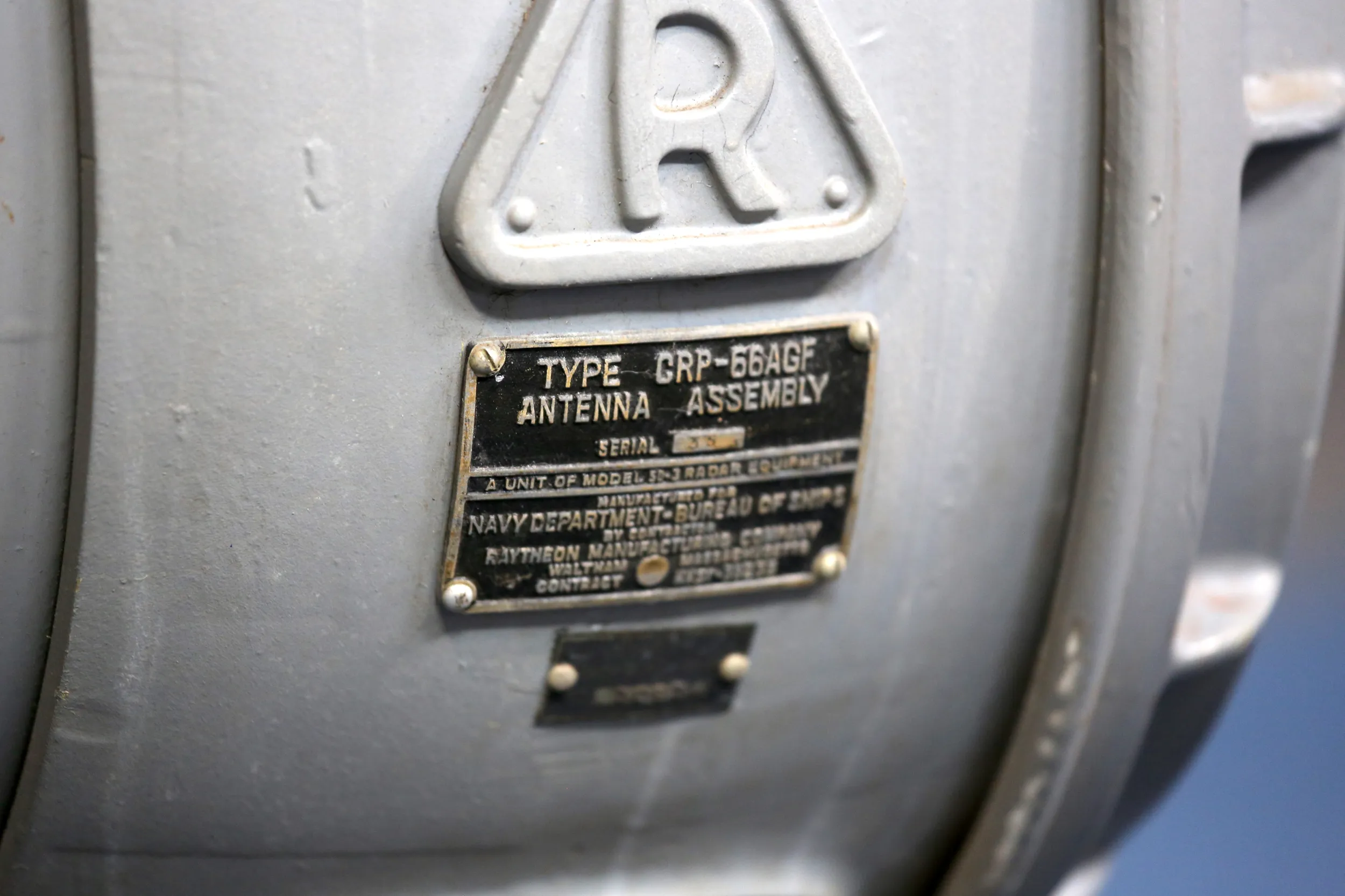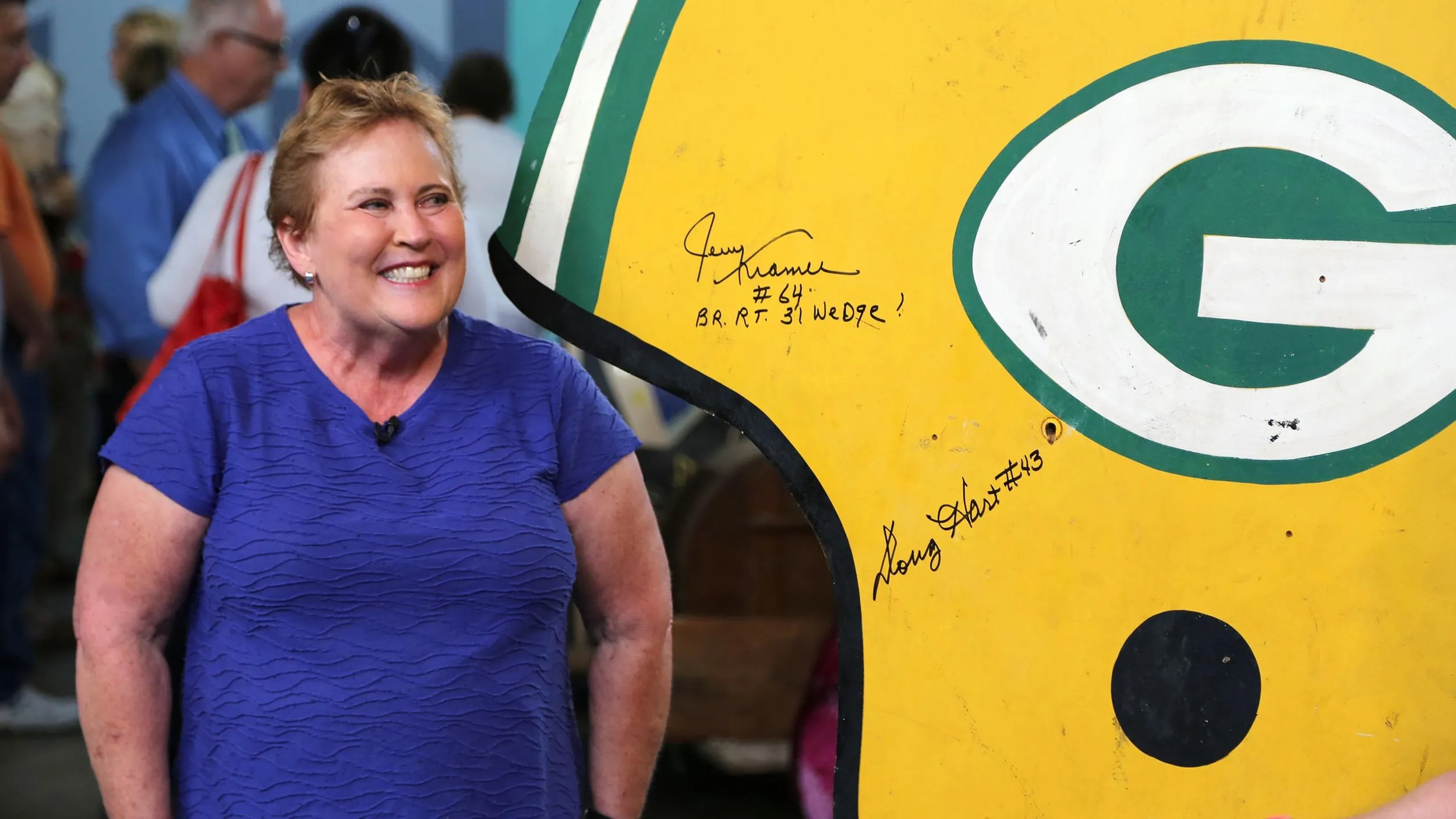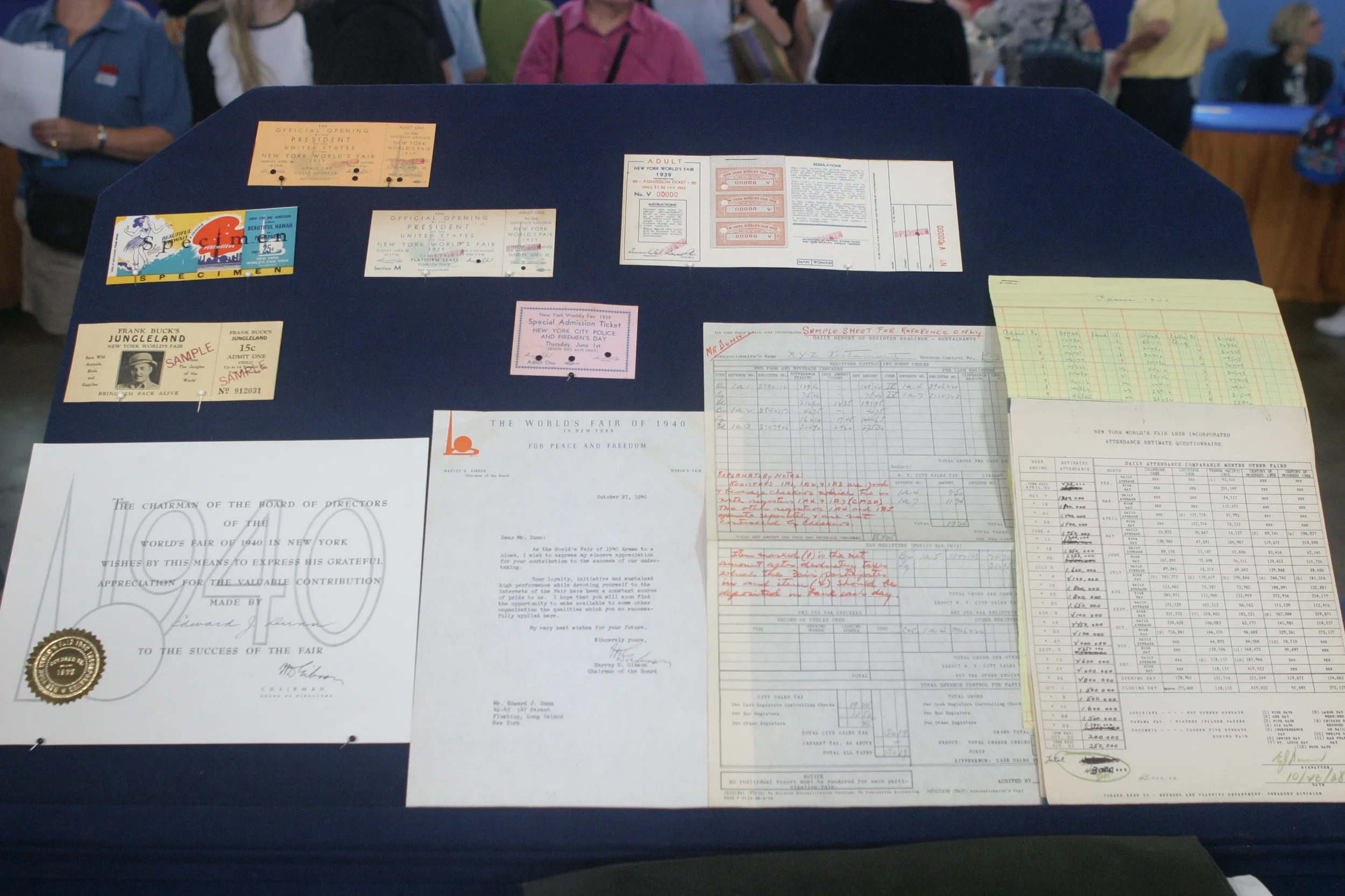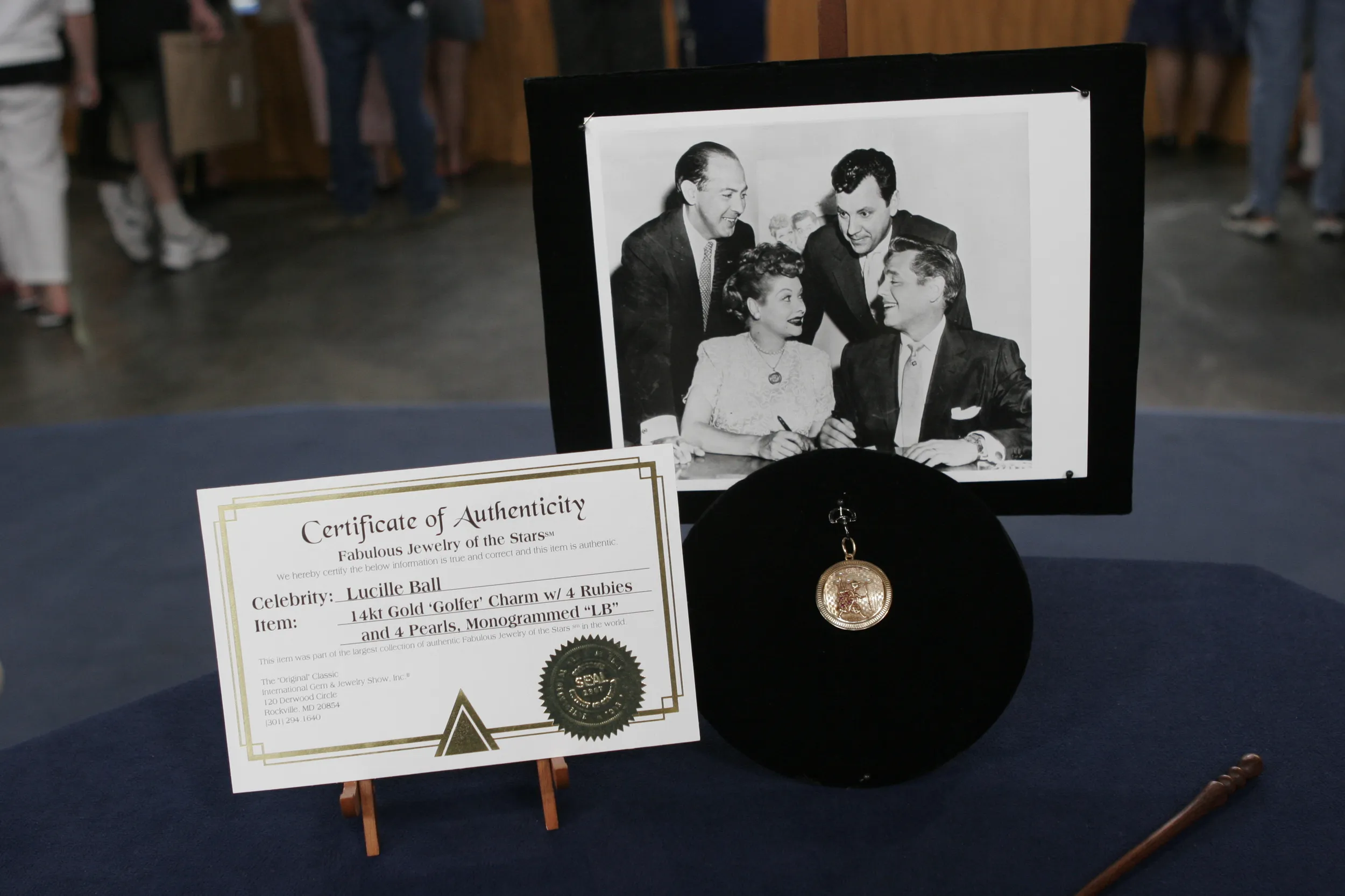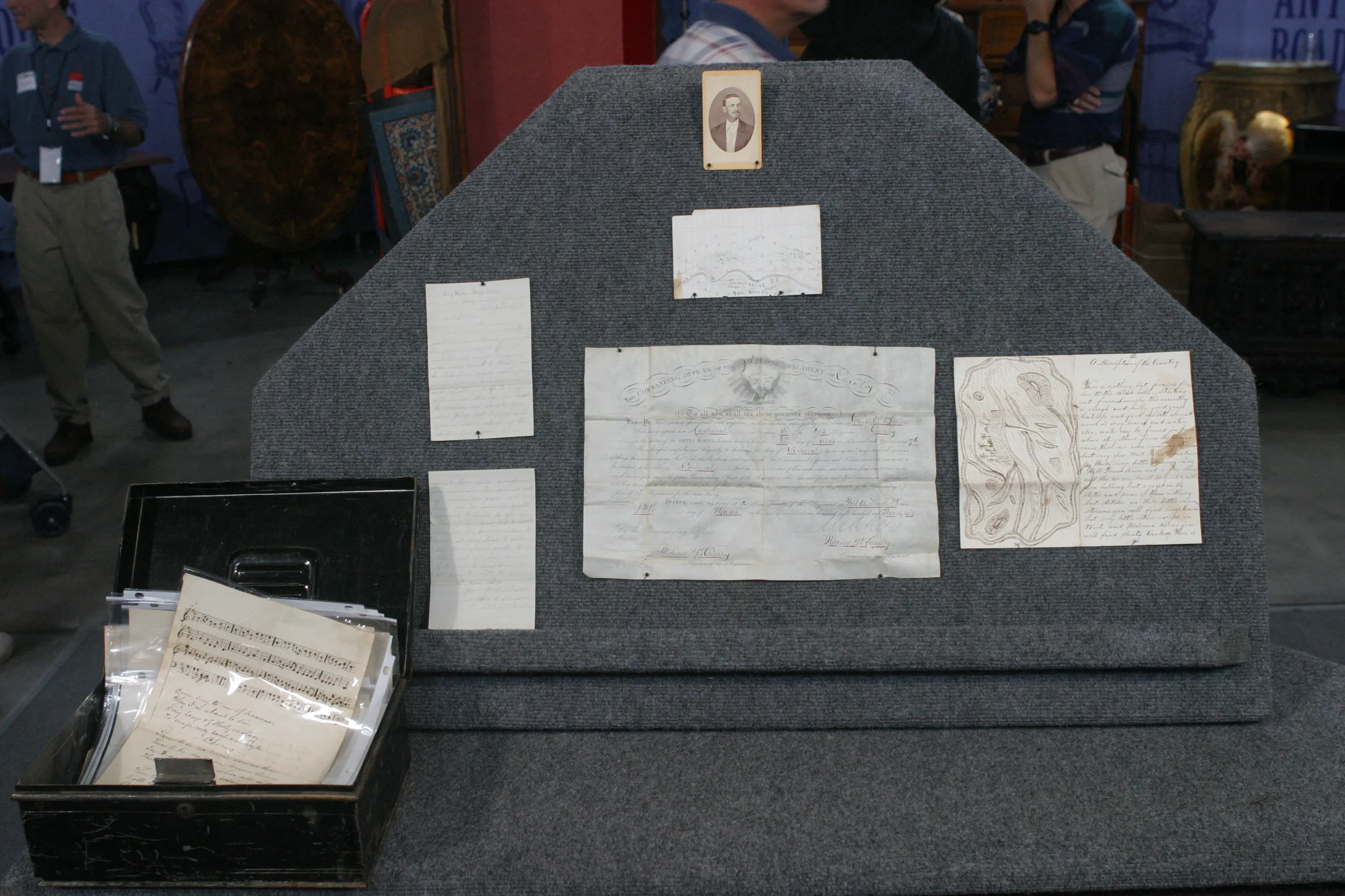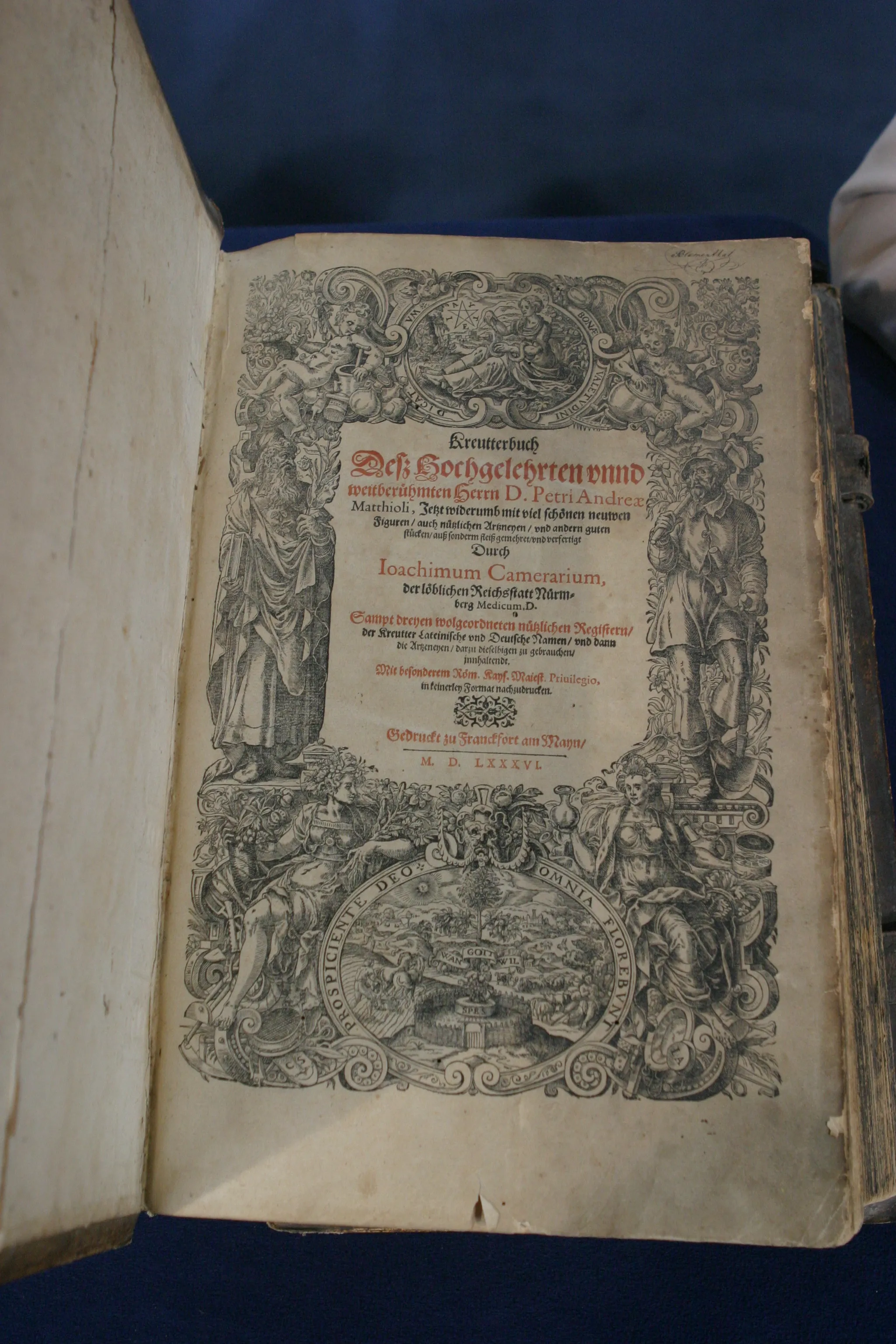GUEST: I got it from my wife, who is a teacher at West De Pere High School in De Pere. They were renovating the high school about 15 years ago, and this was in one of the science teacher's rooms. He didn't want it anymore, so he was just going to, like, get thrown out with all the other old furniture that they weren't keeping anymore. And my wife came home and told me, and I'm, like, "No, that's a piece of history-- we got to save that!" And it's been in my basement ever since.
APPRAISER: Well, you're a man after my own heart. Big, heavy, clunky, hard to display.
GUEST: Thank you.
APPRAISER: That's... that's the stuff. What do you know about it?
GUEST: The story that I was told was, there was a doctor in De Pere who had bought a decommissioned PT boat. He planned to use it on the Fox River and take it into the Green Bay. Once he got it, he decided that he wanted to restore it, so he went around trying to find everything that he could to put it back to its original condition. He apparently got ahold of the electronics and the radar unit, and was going to have them installed, but either while they were on their way to him or shortly after they arrived, he passed away. And his widow decided that she didn't want all this junk around, didn't want to restore a PT boat, and decided to donate the electronics and the radar unit to the high school. And over the years, all the electronic components were scavenged by the A.V. club and radio club and that kind of thing, and... until eventually, this was all that was left.
APPRAISER: Well, this is the key component. If you were going to do a museum exhibit or a display, this is what you would want to have. The other electronic components that are missing, important if you're restoring a boat, but not so much if you want to put an artifact on display that is visual and catches the eye, and this certainly does that. What we've learned about it is that it is an SD-3 long-range air search radar.
GUEST: Oh.
APPRAISER: They were developed for small craft, which would include your friend's PT boat, but more importantly to the collector market, these were used on American submarines in World War II.
GUEST: Really?
APPRAISER: This would've been mounted on top of the radar mast on the conning tower. And if you were a collector who collects World War II Navy stuff, specifically submarines, which is where the bulk of the excitement is in World War II Navy collecting, or if you're a museum that's wanting to do a display and tell the submarine's story, this would be a key component, because the primary enemy of submarines in wartime are enemy aircraft. Yep. We tend to think of submarines in the modern terms, as a vessel that leaves the pier, submerges, and they're gone for however long it is underwater. In World War II, they're really more of a submersible. It's a surface vessel that is capable of submerging. And so when they're running on the surface, which they did primarily at night, they would have lookouts in the periscope shears, and they also ran the search radars. Depending on the unit, this is going to give you between six and 25 miles' worth of warning on an enemy aircraft.
GUEST: Okay.
APPRAISER: That sounds like a lot, but traveling at 300 miles an hour, six miles' warning gives you about a minute to get under.
GUEST: Okay.
APPRAISER: And when that happens, submerging is not all of it. You have to get deep enough to be safe from depth bombs and other threats, so these were very critical. It's not something that we're able to find a lot of comparable values for, because these don't come up for market very often. But I did discuss it with a number of like-minded dealers and collectors. A retail value for this today, I would expect to see in the neighborhood of $3,000 to $5,000.
GUEST: Wow, okay. Nice! I... I'm.... I'm tickled. I can't believe it's worth that much. Holy cow. Very cool, thank you.

